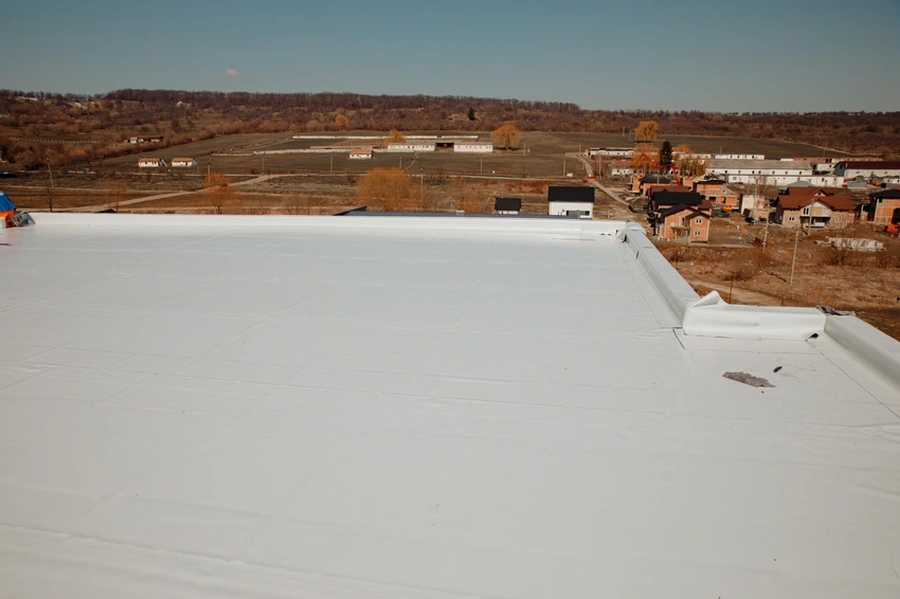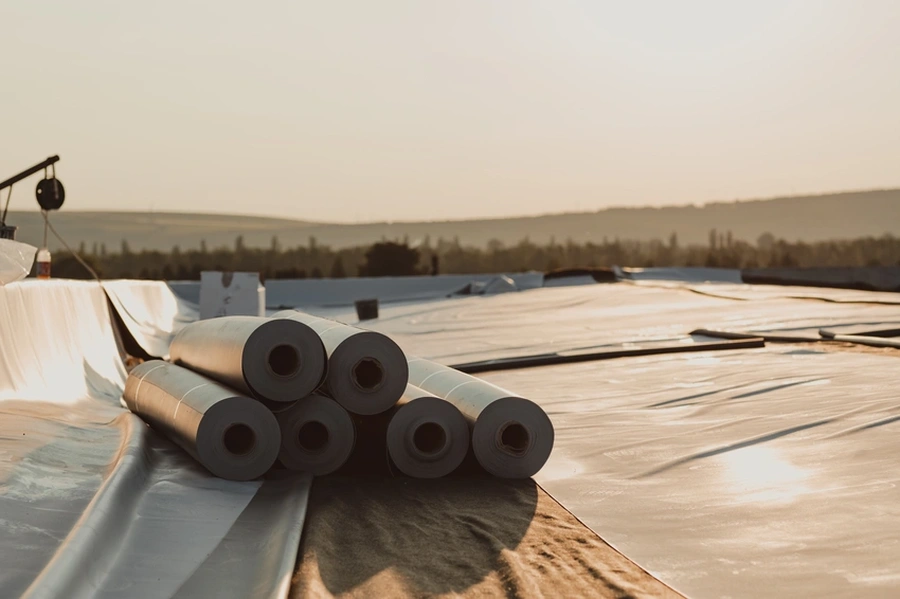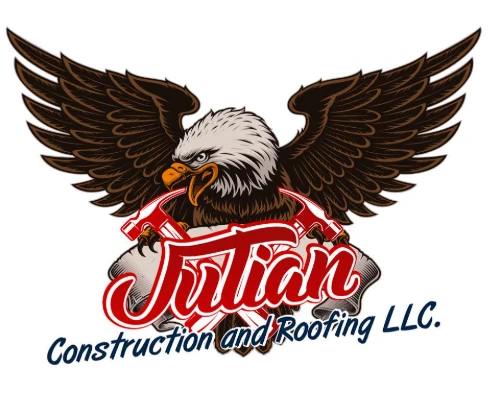A Guide to Its Use in the Business Sector
TPO roofing is gaining popularity among commercial property owners due to its durability and energy efficiency. This type of roofing offers benefits that can help businesses save on costs while maintaining a high-quality roof. In this guide, we will explore the advantages, challenges, and best practices related to this material. Whether you’re considering a new installation or replacing an existing system, understanding the full scope of TPO roofing can aid in making informed decisions for your business.

What Makes TPO Roofing Popular?
Thermoplastic polyolefin (TPO) roofing has become a top choice for many commercial buildings. It is known for its strong resistance to UV light and chemical exposure. These features make it ideal for flat roofs commonly found on business premises. Additionally, TPO roofing provides excellent heat reflection, which helps reduce cooling costs during hotter months. For companies looking to enhance their building’s energy efficiency, TPO roofing is a practical option that supports sustainability goals.
Key Benefits of Choosing Thermoplastic Polyolefin
Choosing thermoplastic polyolefin for your commercial roof comes with several advantages:

- Energy Efficiency: Its reflective surface minimizes heat absorption, lowering air conditioning needs.
- Durability: Resistant to tears, impacts, and punctures.
- Cost-Effective: Typically lower installation costs compared to other single-ply membranes.
- Eco-Friendly: Made from recyclable materials with low environmental impact.
Challenges You Might Face
Despite its benefits, there are some challenges associated with TPO roofing. Proper installation is crucial; otherwise, issues such as leaks may occur. Also, the quality can vary significantly between manufacturers. Companies need to ensure they purchase high-grade materials and hire experienced contractors for installation. Regular maintenance checks are also necessary to prolong the roof’s lifespan and maximize performance.
Solutions for Common Issues
To tackle potential issues with your TPO roofing system, consider these solutions:
- Select Quality Materials: Always choose products from reputable manufacturers known for consistent quality.
- Hire Experienced Installers: Ensure your contractor specializes in TPO installations.
- Schedule Routine Inspections: Regular checks can identify and address minor problems before they escalate.
Best Practices for Maintenance
Maintaining your commercial roof involves several key practices to ensure long-term performance:
- Frequent Cleaning: Remove debris and dirt regularly to prevent damage.
- Inspect Seams and Flashings: Look for signs of wear or lifting that could lead to leaks.
- Check Drainage Systems: Ensure gutters and downspouts are clear to avoid water pooling.
Industry Standards to Consider
The roofing industry has established standards to ensure safety and quality. When installing TPO roofing, compliance with these guidelines is vital:
- Material Certification: Ensure all materials meet ASTM specifications for durability and weather resistance.
- Installation Guidelines: Follow manufacturer instructions precisely for laying out and securing the membrane.
- Sustainability Certifications: Opt for products certified by organizations like ENERGY STAR or LEED.
Estimating Costs and ROI
The cost of installing thermoplastic polyolefin depends on various factors including the size of your roof, labor fees, and material quality. While initial expenses might seem high, the long-term savings in energy bills offer a compelling return on investment. Evaluating these financial aspects ensures your decision aligns with budgetary goals while enhancing building performance.
Your Path Forward With Commercial Roofing Solutions
If you’re ready to upgrade your business facility’s roof, consider working with experts who specialize in commercial applications. Located in Belen, NM, our team at Julian Construction LLC offers tailored solutions to meet diverse needs. Contact us today at (505) 712-3406 to learn how we can support your transition to a more efficient roofing system that delivers lasting value.
